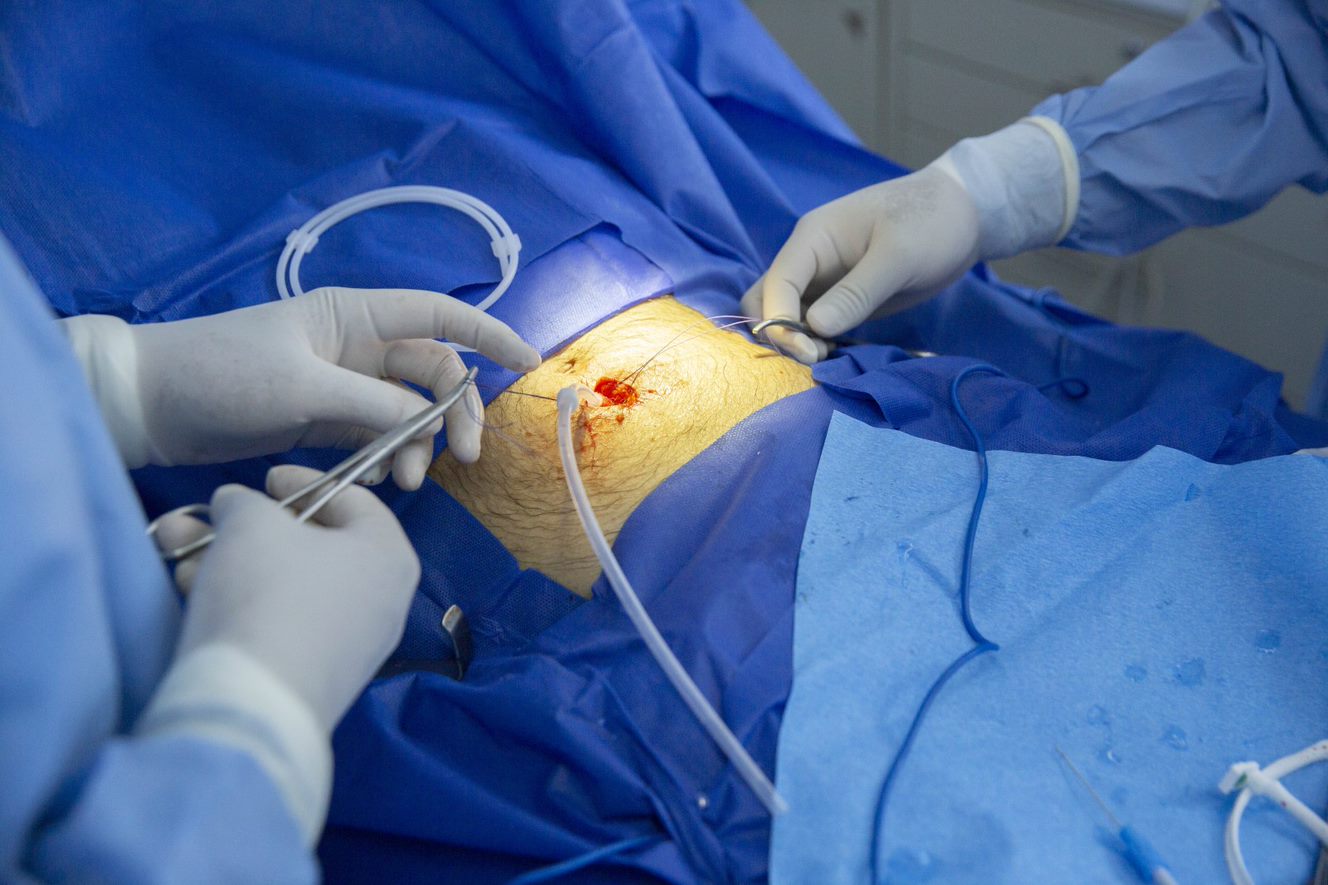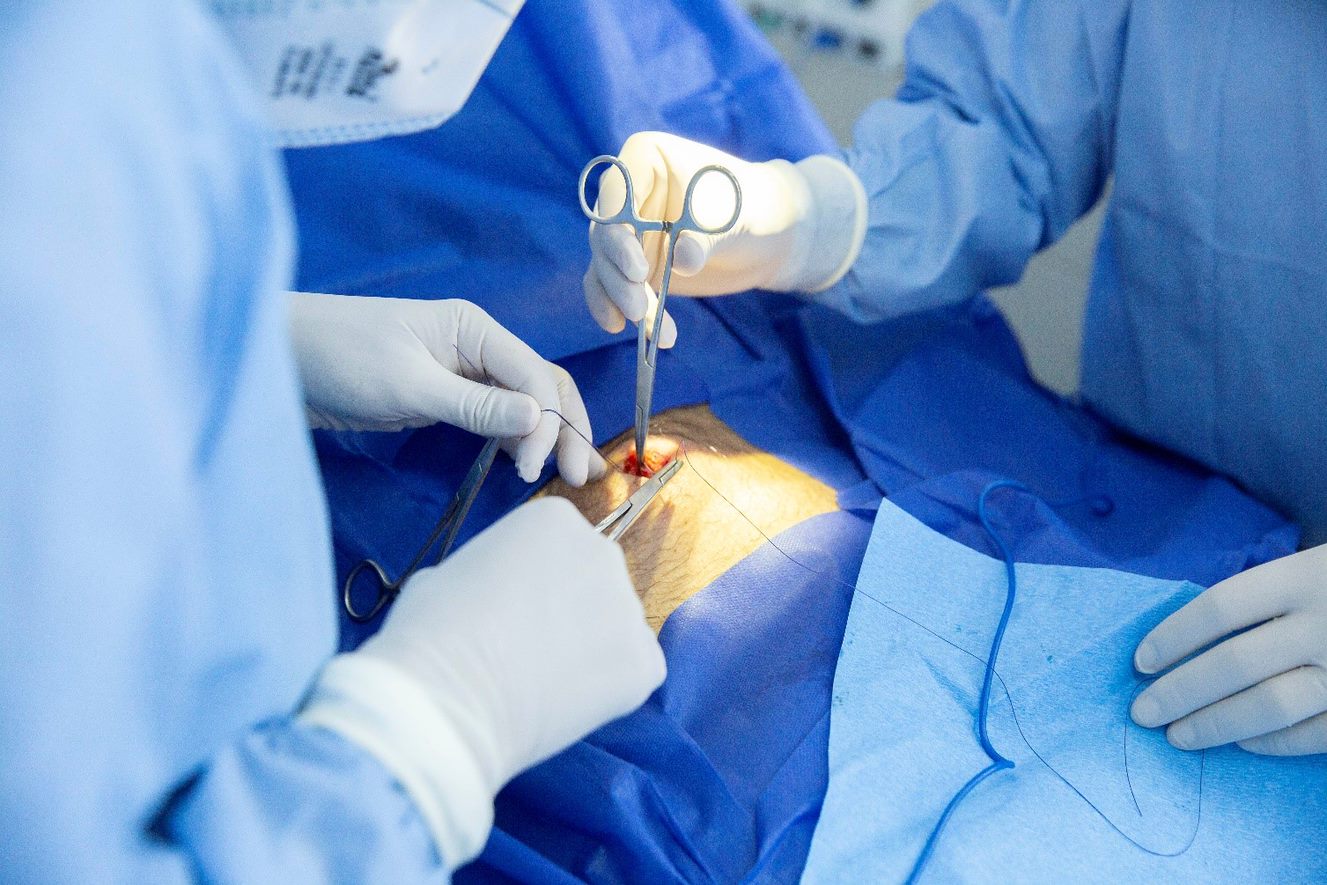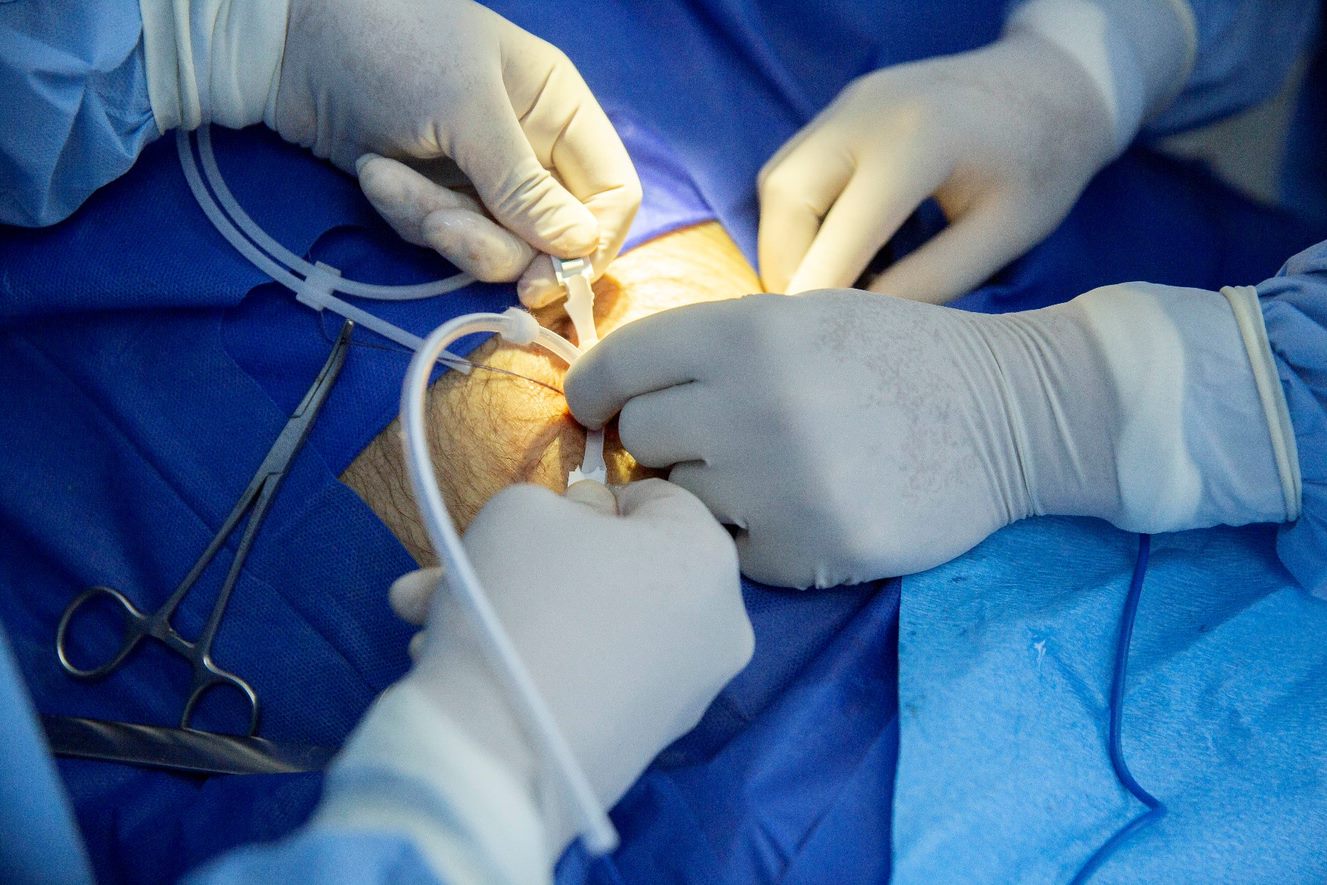Series 1

Series 1
Peritoneal Dialysis Catheter Insertion is an Essential Medical Service for Kidney Failure Patients in COVID-19 Pandemic

Series 2
A Safe Technique With Outcomes Shown to be Equivalent to—or Even Better Than—Surgically Placed Peritoneal Dialysis Catheters

Series 3
Nephrologist-Inserted Catheter Demonstrated a Higher Peritoneal Dialysis Utilization Rate and a Shorter Rate of Initiation with Lesser Complications

Series 4
Minimally Invasive Approach Technique and Reduced Dependence on Resources in Operating Theaters
The impact of COVID-19 pandemic on dialysis care
The COVID-19 pandemic had a significant impact on human health worldwide and poses an unparalleled threat to public health.
A systematic review suggests that kidney failure patients with KRT had high COVID-19 prevalence and case fatality rate.3
COVID -19: Coronavirus Disease; KRT: Kidney Replacement Therapy
COVID-19 and Acute Kidney Injury

Severe COVID-19 infection can cause AKI, and KRT could be required to restore the immune homeostasis and remove inflammatory mediators that lead to acute respiratory distress syndrome.4
The sudden rise in COVID-19 cases has led to a critical and unexpected shortage of all resources and personnel in providing HD and CRRT.5
Nephrologists may need to incorporate PD for the treatment of AKI to efficiently manage the shortage of resources.5
AKI: Acute Kidney Injury; CRRT: Continuous Renal Replacement Therapy; HD: Hemodialysis
Peritoneal dialysis as a preferred therapy for kidney failure patients during COVID-19
- Reduces hospital visits.1
- Allows for easier self-isolation, potentially lowering the risk of cluster infection.1
- Simpler form of home therapy with less training time compared to home HD.6
- Multiple studies suggest that COVID-19 infections are less common in patients on PD than on HD.7–10
For these reasons, it appears prudent to offer PD as a preferred therapy during the COVID-19 pandemic.6
PD: Peritoneal dialysis; SARS-CoV-2: Severe Acute Respiratory Syndrome Coronavirus
ISPD Recommendations
The success of PD depends on safe, functional, and durable catheter access to the peritoneal cavity on time.11

Peritoneal dialysis catheter can be inserted via the following methods
- Open surgical
- Peritoneoscopic / laparoscopic
- Percutaneous with or without ultrasound or fluoroscopic guidance
ISPD: International Society for Peritoneal Dialysis
The need for percutaneous catheter insertion during COVID-19 pandemic

Open surgical and laparoscopic catheter insertion are commonly utilized in gaining elective PD access.
As the COVID-19 pandemic worsened, many hospitals closed down their routine theater lists, and laparoscopic catheter insertion was less favored due to potential aerosol formation and viral transmission.1

The catheter can be placed percutaneously at the bedside by a surgeon, a nephrologist, or a radiologist.6
Image guidance by ultrasonography and fluoroscopy may be utilized to improve outcomes.11
Requires local anesthesia, and is minimally invasive.6
Medical insertion pathways using percutaneous technique should be considered if available. 1
Summary
- PD should be considered as the preferred therapy in kidney failure patients during COVID-19.1
- Nephrologists may have to incorporate PD for the treatment of AKI during the pandemic to efficiently manage the shortage of resources.5
- Among the various PD access techniques, percutaneous catheter insertion is the preferred approach to gain catheter access in PD patients during the pandemic as it can be done at bedside and is minimally invasive.6,12
- Healthcare policy should prioritize PD catheter placement and PD catheter insertions should not be considered elective or routine procedures.5
Series 2
A Safe Technique With Outcomes Shown to be Equivalent to—or Even Better Than—Surgically Placed Peritoneal Dialysis Catheters
For a more complete overview of this module, please view the downloadable PDF here:
-
Wilkie M, Davies S. Peritoneal dialysis in the time of COVID-19. Perit Dial Int. 2020;40(4):357–358.
-
Htay H, Wong PMPK, Choo RR, et al. Strategies for management of peritoneal dialysis patients in Singapore during COVID-19 pandemic. Ann Acad Med Singap. 2020;49(12):1025–1028.
Nopsopon T, Kittrakulrat J, Takkavatakarn K, et.al. Covid-19 in end-stage renal disease patients with renal replacement therapies: A systematic review and meta-analysis. PLoS Negl Trop Dis. 2021;15(6):e0009156.
Shemies RS, Nagy E, Younis D, et.al. Renal replacement therapy for critically ill patients with COVID-19-associated acute kidney injury: A review of current knowledge. Ther Apher Dial. 2021 Aug 11:10.1111/1744-9987.13723.
Cozzolino M, Conte F, Zappulo F, et al. COVID-19 pandemic era: Is it time to promote home dialysis and peritoneal dialysis? Clin Kidney J. 2021;14(Suppl 1):i6–i13.
Oliver MJ, Crabtree JH. Prioritizing peritoneal catheter placement during the COVID-19 pandemic: A perspective of the American Society of Nephrology COVID-19 home dialysis subcommittee. Clin J Am Soc Nephrol. 2021;16(8):1281–1283.
UK Renal Registry: Weekly COVID-19 Surveillance. Report for Renal Centres in the UK. Bristol: UK Renal Registry, 2020.
Jiang H-J, Tang H, Xiong F, et al. COVID-19 in peritoneal dialysis patients. Clin J Am Soc Nephrol. 2021;16:121–123.
Ronco C, Manani SM, Giuliani A, et al. Remote patient management of peritoneal dialysis during COVID-19 pandemic. Perit Dial Int. 2020;40:363–367.
Quintaliani G, Reboldi G, Di Napoli A, et al. Exposure to novel coronavirus in patients on renal replacement therapy during the exponential phase of COVID-19 pandemic: Survey of the Italian Society. J Nephrol. 2020;33:725–736.
Crabtree JH, Shrestha BM, Chow KM, et al. Creating and maintaining optimal peritoneal dialysis access in the adult patient: 2019 update. Perit Dial Int. 2019;39(5):414–436.
Cullis B, Al-Hwiesh A, Kilonzo K, et al. ISPD guidelines for peritoneal dialysis in acute kidney injury: 2020 update (adults). Perit Dial Int. 2021;41(1):15–31.